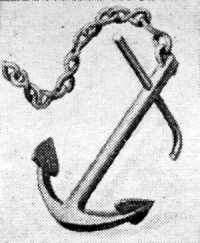An Answer to the Corner Ketch Mystery?

From time to time, different posts have addressed the topic of the origin of the names of various roads, communities and areas in Mill Creek Hundred. In most cases, the names are pretty easy to find the origins for, usually being named for someone who lived in the area, or for something (man-made or natural) nearby. At least one name in the area, though, seems to defy any attempt to uncover its origins -- Corner Ketch. It's a topic I've had in mind for a while, but I had put off writing about it mainly for one reason. That reason was that I didn't like any of the explanations I had ever read as to the derivation of the name. Recently, however, I came across an old newspaper article that gives the most plausible explanation that I've seen yet about how this unique name may have arisen. I don't want to go too in-depth about Corner Ketch in general right now, since it as a community will probably end up being the subject of a future post. There are, however, a few rele







